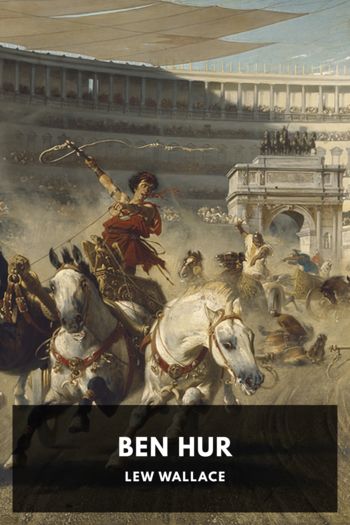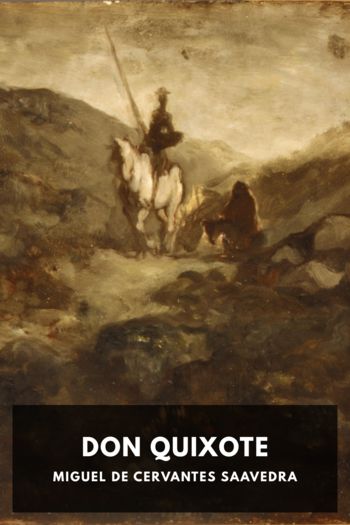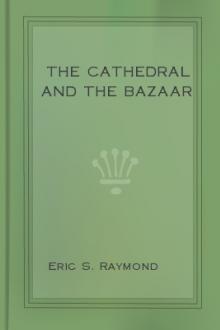Ben Hur by Lew Wallace (best romance ebooks TXT) 📕

- Author: Lew Wallace
Book online «Ben Hur by Lew Wallace (best romance ebooks TXT) 📕». Author Lew Wallace
In an aperture of the western wall of Jerusalem hang the “oaken valves” called the Bethlehem or Joppa Gate. The area outside of them is one of the notable places of the city. Long before David coveted Zion there was a citadel there. When at last the son of Jesse ousted the Jebusite, and began to build, the site of the citadel became the northwest corner of the new wall, defended by a tower much more imposing than the old one. The location of the gate, however, was not disturbed, for the reasons, most likely, that the roads which met and merged in front of it could not well be transferred to any other point, while the area outside had become a recognized marketplace. In Solomon’s day there was great traffic at the locality, shared in by traders from Egypt and the rich dealers from Tyre and Sidon. Nearly three thousand years have passed, and yet a kind of commerce clings to the spot. A pilgrim wanting a pin or a pistol, a cucumber or a camel, a house or a horse, a loan or a lentil, a date or a dragoman, a melon or a man, a dove or a donkey, has only to inquire for the article at the Joppa Gate. Sometimes the scene is quite animated, and then it suggests, What a place the old market must have been in the days of Herod the Builder! And to that period and that market the reader is now to be transferred.
Following the Hebrew system, the meeting of the wise men described in the preceding chapters took place in the afternoon of the twenty-fifth day of the third month of the year; that is say, on the twenty-fifth day of December. The year was the second of the 193rd Olympiad, or the 747th of Rome; the sixty-seventh of Herod the Great, and the thirty-fifth of his reign; the fourth before the beginning of the Christian era. The hours of the day, by Judean custom, begin with the sun, the first hour being the first after sunrise; so, to be precise; the market at the Joppa Gate during the first hour of the day stated was in full session, and very lively. The massive valves had been wide open since dawn. Business, always aggressive, had pushed through the arched entrance into a narrow lane and court, which, passing by the walls of the great tower, conducted on into the city. As Jerusalem is in the hill country, the morning air on this occasion was not a little crisp. The rays of the sun, with their promise of warmth, lingered provokingly far up on the battlements and turrets of the great piles about, down from which fell the crooning of pigeons and the whir of the flocks coming and going.
As a passing acquaintance with the people of the Holy City, strangers as well as residents, will be necessary to an understanding of some of the pages which follow, it will be well to stop at the gate and pass the scene in review. Better opportunity will not offer to get sight of the populace who will afterwhile go forward in a mood very different from that which now possesses them.
The scene is at first one of utter confusion—confusion of action, sounds, colors, and things. It is especially so in the lane and court. The ground there is paved with broad unshaped flags, from which each cry and jar and hoof-stamp arises to swell the medley that rings and roars up between the solid impending walls. A little mixing with the throng, however, a little familiarity with the business going on, will make analysis possible.
Here stands a donkey, dozing under panniers full of lentils, beans, onions, and cucumbers, brought fresh from the gardens and terraces of Galilee. When not engaged in serving customers, the master, in a voice which only the initiated can understand, cries his stock. Nothing can be simpler than his costume—sandals, and an unbleached, undyed blanket, crossed over one shoulder and girt round the waist. Nearby, and far more imposing and grotesque, though scarcely as patient as the donkey, kneels a camel, rawboned, rough, and gray, with long shaggy tufts of fox-colored hair under its throat, neck, and body, and a load of boxes and baskets curiously arranged upon an enormous saddle. The owner is an Egyptian, small, lithe, and of a complexion which has borrowed a good deal from the dust of the roads and the sands of the desert. He wears a faded tarbooshe, a loose gown, sleeveless, unbelted, and dropping from the neck to the knee. His feet are bare. The camel, restless under the load, groans and occasionally shows his teeth; but the man paces indifferently to and fro, holding the driving-strap, and all the time advertising his fruits fresh from the orchards of the Kedron—grapes, dates, figs, apples, and pomegranates.
At the corner where the lane opens out into the court, some women sit with their backs against the gray stones of the wall. Their dress is that common to the humbler classes of the country—a linen frock extending the full length of the person, loosely gathered at the waist, and a veil or wimple broad enough, after covering the head, to wrap the shoulders. Their merchandise is contained in a number of earthen jars, such as are still used in the East for bringing water from the wells, and some leathern bottles. Among the jars and bottles, rolling upon the stony floor, regardless of the





Comments (0)